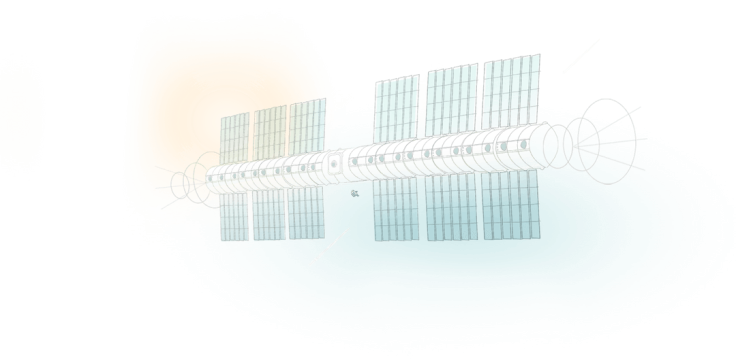Space - the final frontier. It is every person's dream to know more and explore the vastness of space and live in Earth-like worlds, as evidenced by the various movies and video games tackling it.
Despite its allure, space is not for the faint-hearted and unprepared. The lack of gravity can negatively impact our bodies that could lead to us becoming like the people depicted in Disney Pixar's "Wall-E."
The solution to this problem is artificial gravity.
But what is it, and how can we make it?
Artificial Gravity- Why We Need It
Let's first define artificial gravity to understand what it is, however, it is easy to know what it is based on its name - it is gravity created by artificial means.
According to Space.com, humanity cannot live without gravity as it keeps us grounded (literally!) and makes not only our everyday life possible but also the reason behind our existence.
It is one of the four fundamental forces that act on us every day as it steers objects with mass toward the source - in our case, Earth.
Without gravity, we'd probably just float into space, which introduces a new set of problems.
Humanity isn't meant to live in a world with little to no gravity. A NASA report states that prolonged exposure to zero gravity will result in bone loss, muscle mass, and damage to the brain and eyes due to the fluids in the human body shifting upwards to the head.
People in zero gravity are also at a higher risk of developing kidney stones from dehydration and the increase of calcium excretion by the bones.
With space exploration being as it is with our current technology, we must create our very own gravity to survive living in space for prolonged periods to reach other Earth-like planets.
Creating Artificial Gravity

Creating artificial gravity to live in Earth-like conditions in space is still in the realm of science fiction, according to Interesting Engineering. However, simulating gravity to mitigate the effects of the lack of gravity in space is possible.
At present, some spacecraft designs could simulate gravitational pull, with some of them originating from science fiction movies and television shows like "2001: A Space Odyssey" and "Elysium."
- Rotational Gravity
Using centrifugal force to create gravity is one of the most popular ways of simulating gravity. This design utilizes a spinning cylinder, torus, or sphere that simulates gravity through centrifugal force, pinning astronauts or space explorers to the outside edge of a space station's spinning section.
This design is similar to the giant centrifuge astronauts use when training for high g-forces when preparing for an excursion to Earth's orbit.
- Linear Acceleration
using constant linear acceleration can also produce the gravity humanity needs to travel space and the speed necessary to get from one planet to another quickly simultaneously, per Science ABC. However, a problem with this technique is that it requires huge amounts of rocket fuel and constant acceleration to create gravity.
- Magnetism
The most expensive of the three techniques is magnetism, wherein space stations use dia-magnetism, a type of magnetism that forms a nonuniform magnetic field, to simulate gravity. However, using this technique requires a strong magnetic field which could be dangerous for people to use, let alone be in it.









